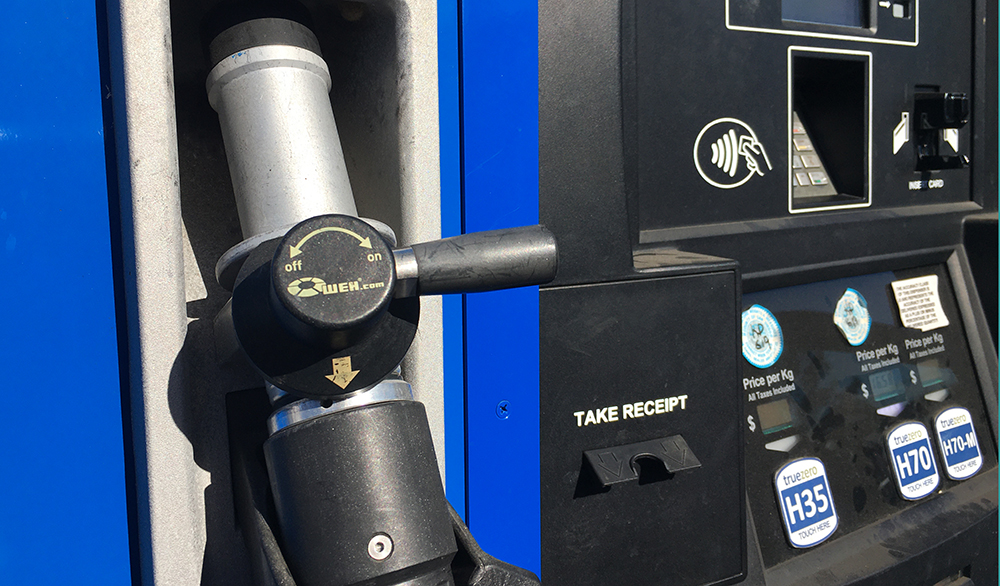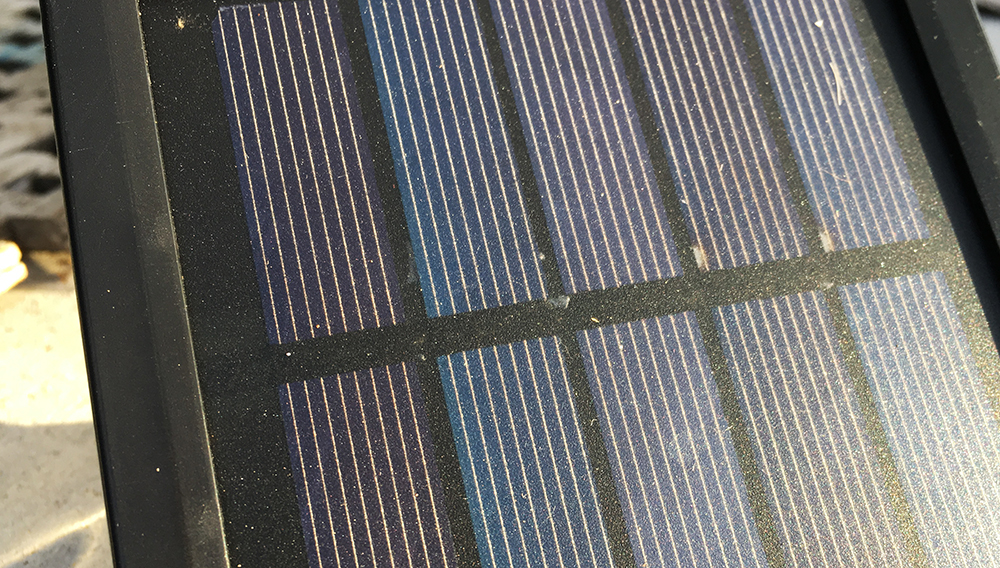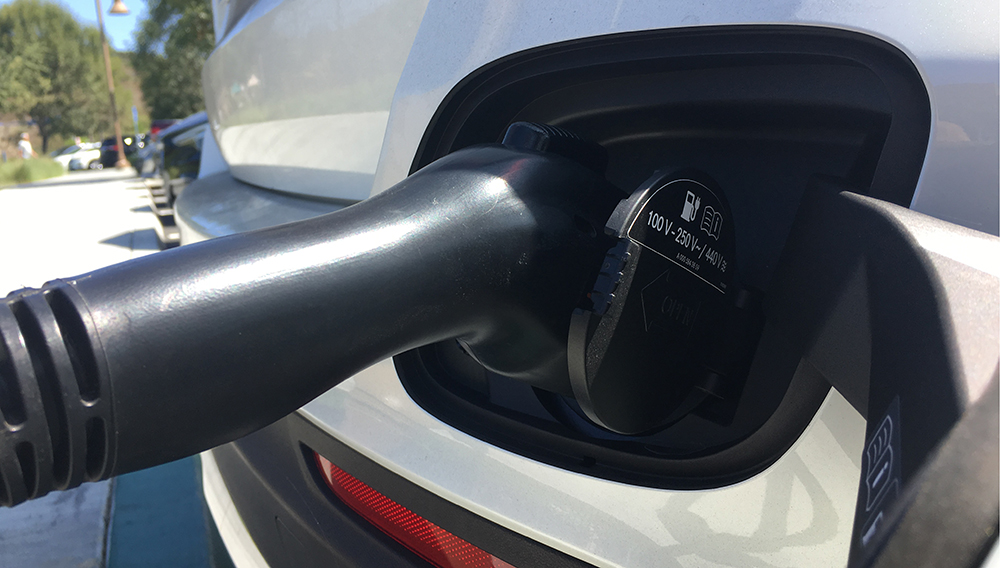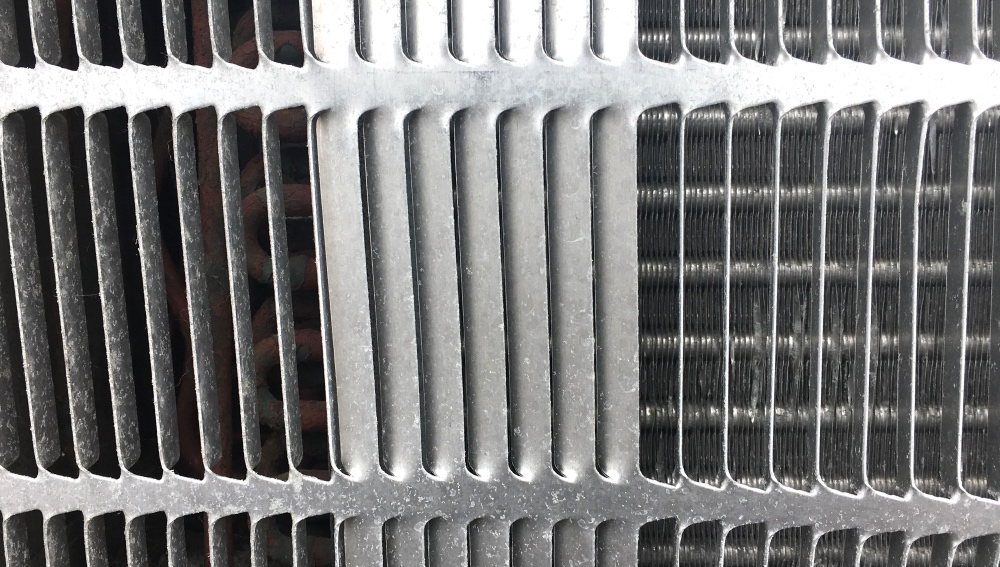Imagine a zero emissions car that only takes a few minutes to fuel up. That’s what fueling hydrogen cars is like. What are hydrogen cars? They are electric cars, and they generate the electricity they need to drive by mixing hydrogen fuel with oxygen. This is how it works:

Why are no emission cars important to fight climate change? Transportation produces 14% of all greenhouse gas emissions. According to project drawdown, if electric vehicle ownership rises to 16% by 2050, over 10 gigatons of carbon dioxide could be avoided.
Can you picture beautiful white and pink cherry tree blossoms? Today’s story brings us to Japan and its automotive manufacturer Toyota. They pioneered hybrid cars with the Prius model. Now the company is betting on hydrogen cars. Toyota’s 2015 Mirai model was one of the first ones sold commercially. Now they are releasing a new version:
The latest Mirai has a revamped fuel cell stack that can store more hydrogen.
https://www.cnn.com/2019/10/11/business/toyota-mirai-hydrogen-fuel-cell-car/index.html
That will bring up the car’s range from 312 miles (405 km) to over 400 miles (650km). Fueling hydrogen cars works like fueling conventional cars and takes about 3-5 minutes. Hydrogen fuel stations are still rare but they are expanding. Greentech Media writes how countries all over the world move towards a green hydrogen future.
How green is hydrogen fuel? The big plus is that it can be generated locally, without pipelines and transportation emissions. It can be made from natural gas and coal, but more importantly it can be made from renewable energy, industrial waste and even sewage. As with electric cars, we need to make sure the electricity or hydrogen fuels are coming from renewable sources.
Finally, a question you probably have in mind: Is it safe? Fuel cell makers and car makers are designing safe fueling stations and cars that are as safe as gasoline.
What I like most about hydrogen fuel cell technology is that it’s another innovative technology for low emission energy. Rather than competing, we need to bring all innovations and technologies together to address climate change. Toyota’s new Mirai will launch late 2020 in Japan, North America and Europe. Let’s hope it takes off!









